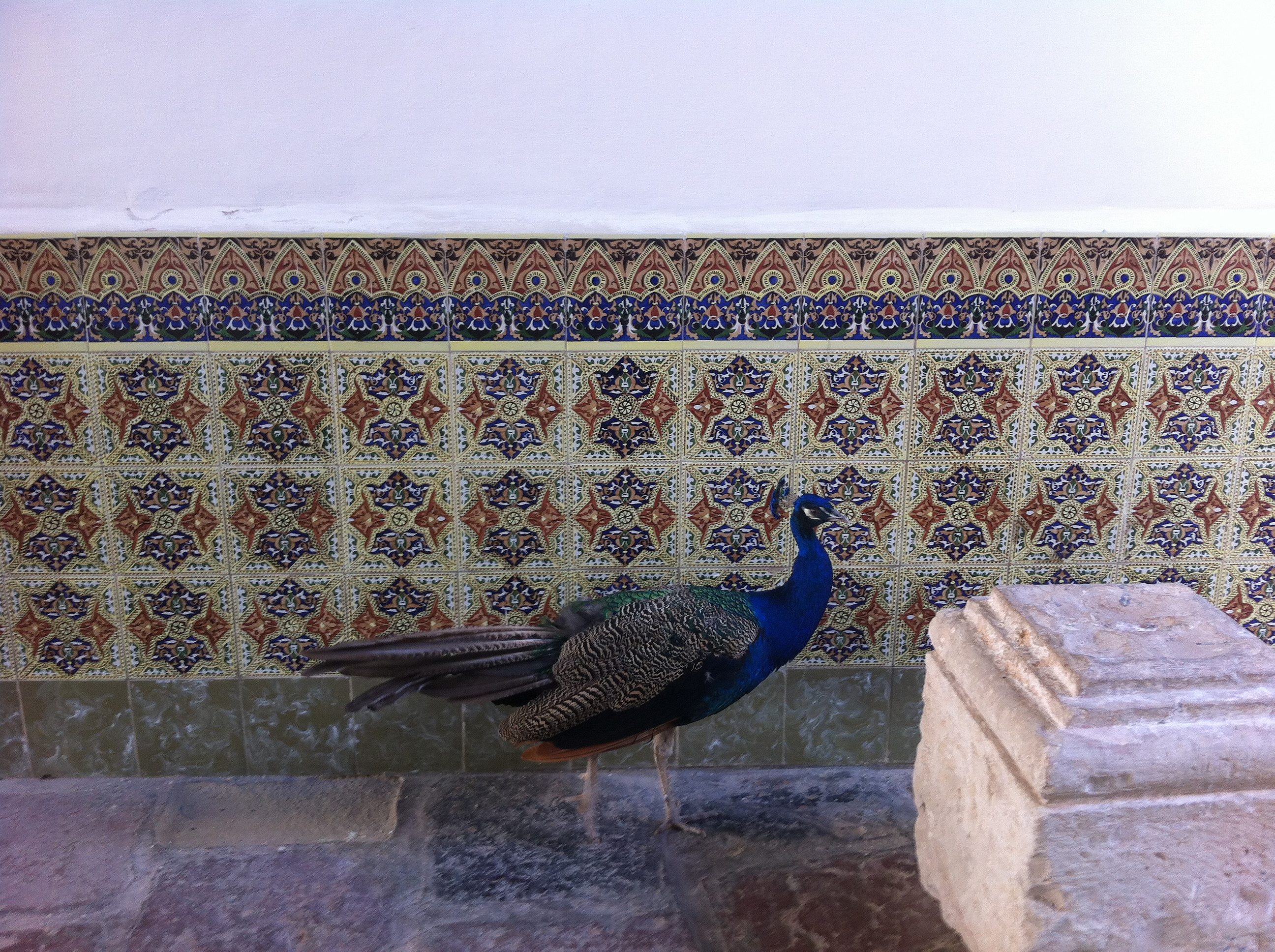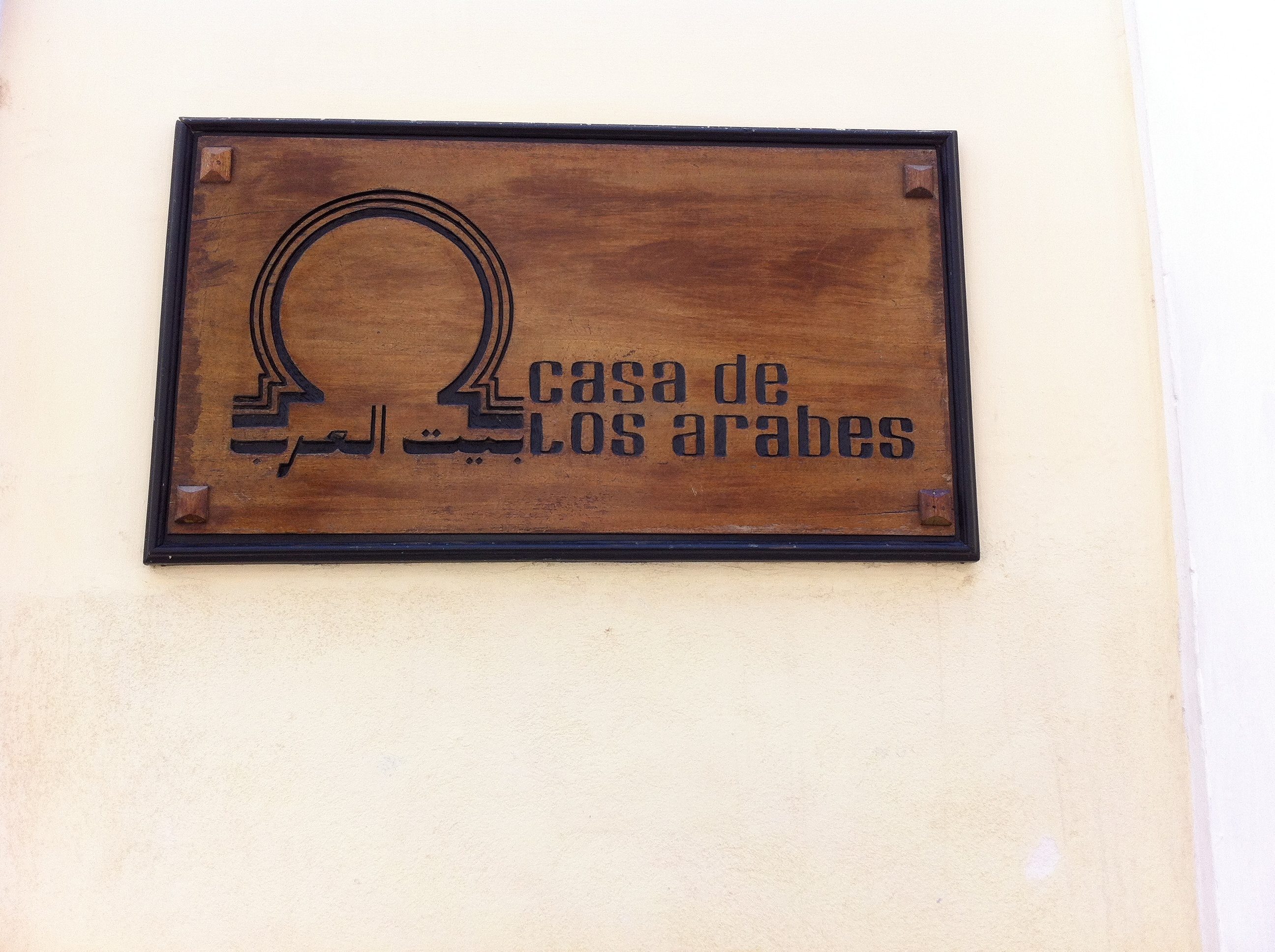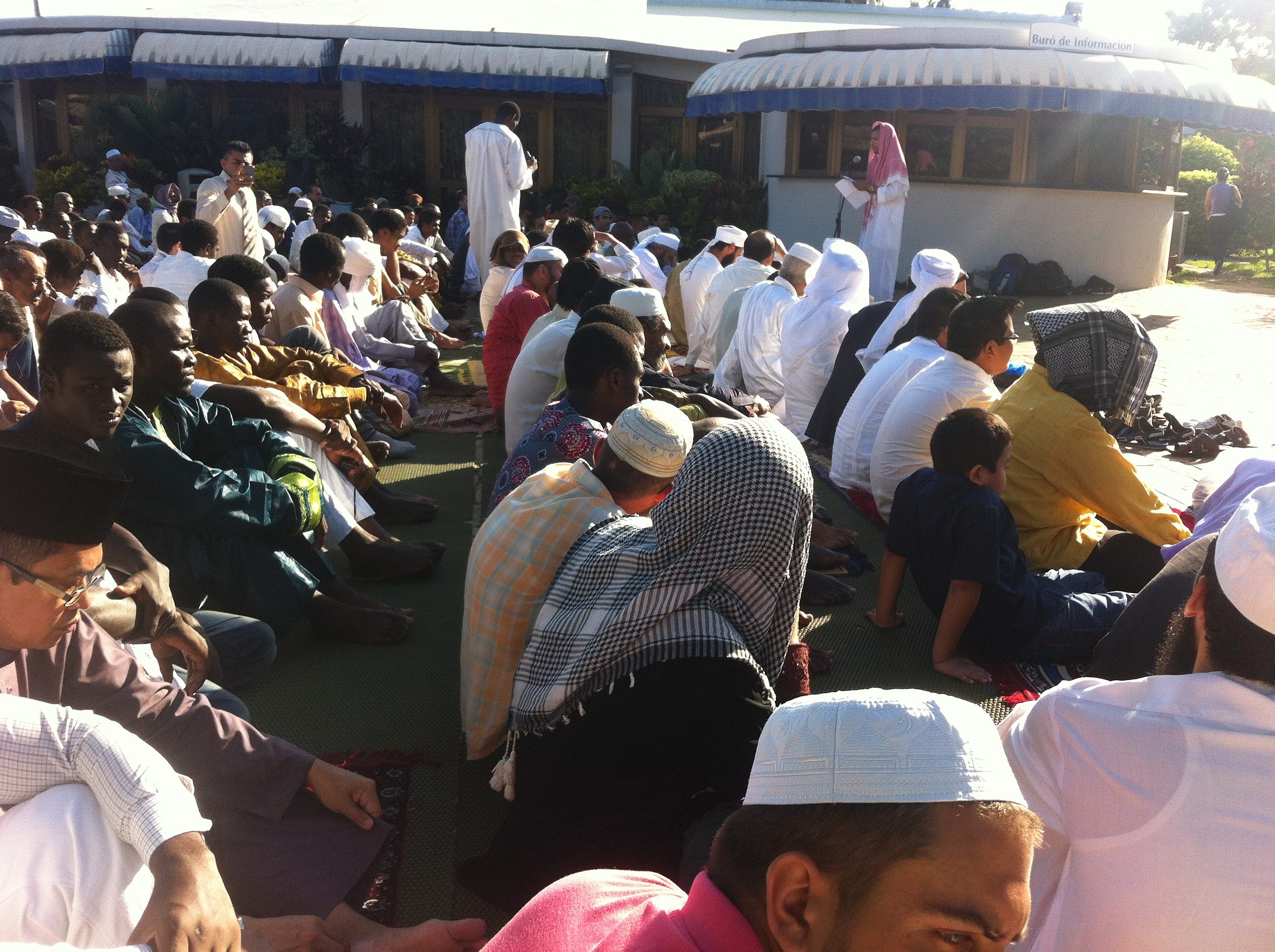A Pakistani expat finds an unlikely home (and halal food) in Cuba’s capital.
When I moved to Havana with my wife, an American diplomat, one of my main concerns was food. Cuban cuisine isn’t exactly renowned for its variety, and as a Pakistani Muslim I figured I’d never find any halal food here—I would have to settle for rice and beans, just like everyone else.
I was proven wrong during my first week when I went to the nearest diplo mercado (one of the few markets where expats and diplomats shop, and where one can actually find things like milk and eggs) and found Halal chicken from Azerbaijan, of all places. I did a double take, and asked my wife if I read the packaging correctly. Unsure if I would ever see them again, I filled my deep freezer until it could hold no more frozen chicken.
In the following weeks I met an Egyptian diplomat and he invited me to the Egyptian Embassy. I was at first confused and asked him what the occasion was. He replied, “For Friday prayers, of course.” I couldn’t believe it—I had just been invited to the Egyptian Embassy in Havana for Friday prayers. Was I really in the Cuba of classic cars, historic bars, sweet rum, and cigars?

When I arrived at the embassy gates the guard let me in without asking any question—which was good because I spoke hardly any Spanish. I noticed that people were already there and I followed them in. On the ground floor, past tourism signs and towards the kitchen at the end of the hallway was a room where prayer mats were laid out all over the floor. The room was filled with the sweet scent of ittar, a common perfume oil found in many mosques. At the far end, multiple Qurans were stacked on the shelves, including translations in English, Spanish, and Arabic. People were already here studying them, greeting arrivals with whispers of “Assalaam-o-aleikum”—peace be with you.
As I found my place to sit I looked around the room; there was a map of Egypt, verses from the Quran on the wall, and one incredible art piece that featured Jose Marti, the Cuban national hero, somewhere in Egypt, standing in front of hieroglyphics. If I’d somehow forgotten that I was at Friday prayers in Cuba, the artwork quickly reminded me.
A few weeks later, the Imam and a diplomat from the Egyptian Embassy announced that there would be no more Friday prayers because the embassy required renovations. “We will however continue to meet each other in Casa de Los Arabes,” he said. I hadn’t heard of the place. When I asked my Egyptian friend he told me, “It is an Islamic cultural center. I will give you the address. Do come.” The following week I found myself at a corner on a street in Habana Vieja.

From the outside, the building does not stand out. Unlike mosques around the world, there are no minarets, no loud speakers, and no signs that point to it—save for one that reads simply Casa de Los Arabes, in both Arabic and Spanish. The door is tall and narrow, and as soon as you step inside you are transported into another world. There are hints of Islamic architecture scattered throughout the building, such as the arches and the intricate tiles. At the center of the atrium rests a fountain from where water once flowed. A lone peacock stalks around the fountain looking for its partner. At the top floor of this building is the prayer hall, just outside of which patrons are performing wudu, the act of cleansing oneself before prayer.
I saw the same crowd of people that I saw in the Egyptian Embassy along with some Pakistani medical students. After the devastating 2005 earthquake that struck Pakistan, Cuba was one of the first countries to send medical aid in the form of doctors, nurses, and medical personnel. It was shortly after that that Cuba offered 1,000 medical scholarships to Pakistani medical students from the afflicted areas.

I made small talk with the students. They pointed out all the ambassadors and diplomats arriving. One of them told me that this is probably the only place in the world where the Iranian and Saudi ambassadors pray together. It may or may not be true, but the fact that Havana is one of the places where this happens is still fascinating.
The call to prayer, the Adhaan, went out across the building—there were no loudspeakers. In the background, school children rushed down the hallways passing more arriving patrons. At first I didn’t understand why school children would be here. One of the Pakistani students told me that Casa de Los Arabes is also a Cuban children school.
The khutba, or sermon, was first spoken in Arabic and then in Spanish. Although I had heard it in Arabic before (also in Urdu and English) I had never heard it in Spanish. The words were intoxicatingly beautiful, with a rhyme and rhythm entirely their own.
To this day I still miss the Spanish sermons. I was also an excellent way of practicing my Spanish and by reading the translation of the Holy Quran.

The holiday of Eid, which marks the end of Ramadan, soon loomed on the horizon. The Imam at Casa De Los Arabes announced that Eid prayers would be held at a different location. Turns out the year before Eid prayers were held at a parking lot of a local shopping center, which was considered too small. The new location for Eid prayers would be the local aquarium—Acuario Nacional de Cuba on 3rd street, Tercera. It remains to this day the strangest place I have ever offered Eid prayers.
At 8 a.m., cars piled into the parking lot of the Acuario Nacional de Cuba. Everyone made their way into the aquarium where are hundreds of prayer mats have been laid down. It was just fascinating to watch all Muslims from Nigeria, Algeria, Afghanistan, Indonesia, Pakistan, and Malaysia walk in their traditional Eid garb. Each found places on the mat and listened to the sermon, first in Arabic and then in Spanish. I got the feeling that more people understood the Spanish version of the sermon than the Arabic—myself included.

Of course like any good sermon the Imam ran over his allotted time, and by the time prayers finally got underway way the Acuario Nacional had to open to the general public. As the prayers finished it was an interesting sight to see the locals pouring in to see the aquarium and ending up being more fascinated with the musulmán embracing each other than any aquatic sights they had come to see.
And the world of Islam is also fascinated with Cuba. According to Turkish President Erdogan, it was Muslims, not Columbus, who discovered America. President Erdogan also said that Columbus described a mosque on the hill, and the he hopes to build a mosque on the exact same spot. Cuban authorities have so far rejected the request.
For a Pakistani like me, Havana was a strange place. The language and the culture were exotic, to say the least. It was a comfort to have a place like Casa De Los Arabes, to sit down and experience one’s faith in a completely different way. (Being married to a U.S. diplomat in Havana was also an experience—but that’s another story.)
In the end, I didn’t find much halal food in Havana. But I did have a freezer-full of chicken from Azerbaijan.
